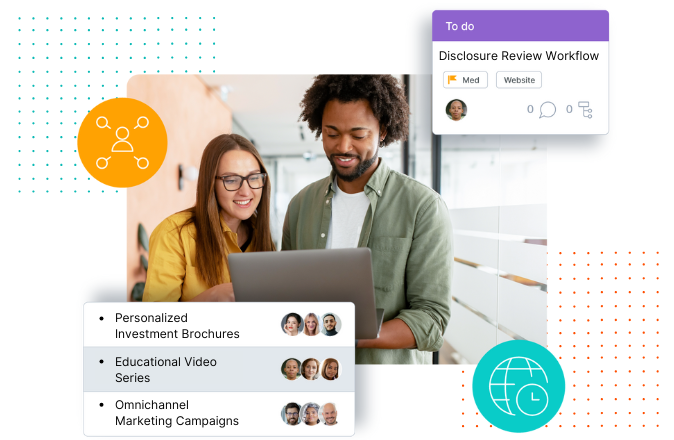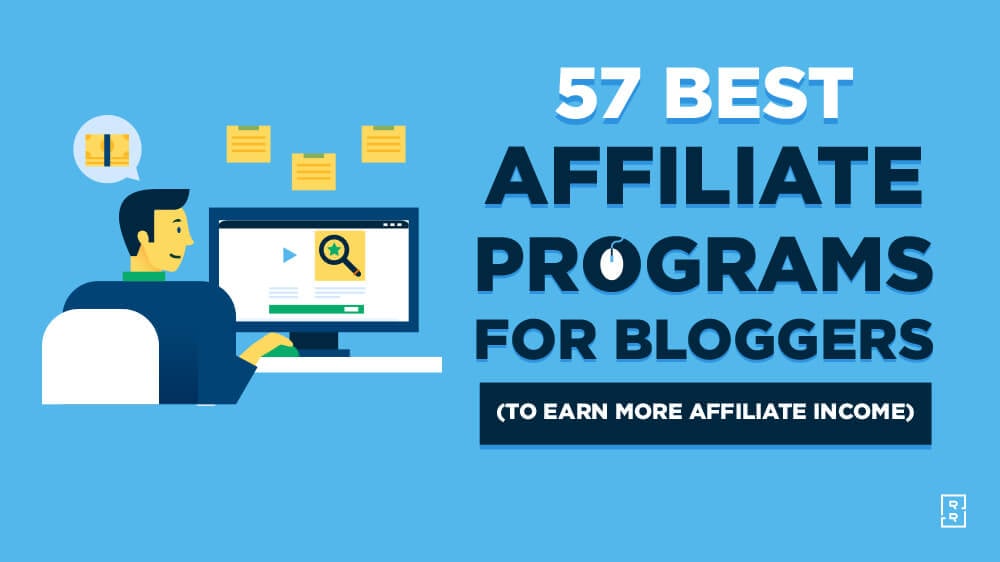In any field, delivering personalized content is a critical component of customer engagement. This is especially true for financial institutions, from banks to investment firms and insurance providers, who must serve clients with tailored insights, educational materials, and investment recommendations. However, managing, distributing, and ensuring compliance of personalized content at scale is a challenging task. That’s where a Digital Asset Management (DAM) platform can come into play.
Categorizing Assets for Personalized Content
A robust DAM system enables financial institutions to categorize assets based on customer personas, product types, or regional preferences. With a centralized repository, content—whether it’s educational videos, infographics, or investment brochures—becomes easily accessible to the right audience.
DAM platforms use metadata and AI-driven tagging to classify assets based on customer demographics, financial goals, or past interactions. For example, advisors can quickly access and deliver assets tailored to long-term investment strategies if a customer has previously engaged with retirement planning content.
Integrating DAM with CRM for Seamless Personalization
One of the most powerful advantages of a DAM system is its ability to integrate with Customer Relationship Management (CRM) tools. By connecting DAM with a CRM, financial marketers and advisors can personalize content based on real-time client profiles, behaviors, and preferences.
For instance, an advisor preparing for a meeting with a high-net-worth client can instantly retrieve personalized portfolio insights, investment trend reports, or promotional materials relevant to their interests. Automated workflows allow financial teams to generate and distribute reports with client-specific data, ensuring an efficient and targeted engagement strategy.
Scaling Content Customization with Templates and Automation
A DAM system simplifies content personalization through automation and templating features. Orange Logic’s DAM, for example, offers dynamic templates that allow financial firms to customize brochures, financial statements, and presentations at scale. With this functionality, an advisor can automatically insert a client’s name, portfolio details, or market insights into pre-approved templates, reducing manual effort while maintaining brand consistency and ensuring compliance.
This automation ensures that every client receives tailored, high-value content without requiring extensive resources from marketing or advisory teams.
Managing Financial Disclosures Efficiently
Disclosures in the Financial Services & Insurance (FSI) industry refer to legally required statements informing consumers about risks, terms, conditions, fees, and other important financial products or services. These disclosures ensure transparency, compliance, and consumer protection, reducing the risk of misleading information or hidden clauses.
A DAM solution provides a centralized, secure, and compliant repository for managing disclosures across various financial products, including credit cards, mortgage loans, auto loans, and mutual funds. Given the regulatory complexity and need for consistency, a DAM platform can ensure that disclosures are appropriately stored, versioned, and distributed across multiple channels efficiently.
Key Ways a DAM Supports a Disclosure Library:
- Centralized Repository for All Disclosures:
- Stores all legal, regulatory, and product-specific disclosures in a structured and easily searchable format.
- Provides a single source of truth for disclosures used across different departments (legal, compliance, marketing, customer service, and sales).
- Supports multiple formats (text documents, PDFs, HTML snippets, images with disclosure text).
- Version Control & Audit Trails:
- Tracks all versions of disclosures, ensuring that only the latest, legally compliant version is in use.
- Maintains a full revision history for audits and regulatory checks.
- Enables compliance teams to roll back to previous versions if needed.
- Automated Approval Workflows:
- Ensures disclosures go through legal review and approval before being published.
- Automates notifications to stakeholders when disclosures need updates due to regulatory changes.
- Routes content to appropriate teams based on region or financial product category.
- Expiration Alerts & Compliance Monitoring:
- Automates expiration alerts for disclosures that need to be reviewed or updated based on regulatory deadlines.
- Enables legal teams to monitor compliance and prevent outdated disclosures from being used.
- Generates compliance reports showing when disclosures were updated, approved, and distributed.
Ensuring Compliance and Brand Consistency
Content in the highly regulated financial industry must adhere to strict compliance and branding guidelines. DAM platforms provide built-in approval workflows, version control, and permission settings that ensure only authorized content is distributed.
For example, an insurance company can configure its DAM system to restrict access to outdated policy documents while ensuring only compliance-approved materials are used in customer communications. This prevents regulatory risks while maintaining brand integrity across all touchpoints.
Omnichannel Content Distribution for Consistent Customer Experience
Today, customers interact with financial institutions across multiple touchpoints—email, mobile apps, websites, and social media. A DAM system supports omnichannel content distribution, ensuring that personalized content reaches customers wherever they are.
Whether a client receives a personalized email with investment recommendations or accesses a financial planning webinar through a mobile app, a DAM solution ensures seamless, consistent experiences across all platforms. By supporting multiple content formats, including videos, infographics, PDFs, and more, DAM platforms enable financial institutions to cater to different customer preferences.
Leveraging Data Insights for Continuous Optimization
Advanced DAM systems give financial marketers analytics and insights into how personalized content performs across different customer segments. By tracking engagement metrics—such as views, downloads, or interactions—financial institutions can refine their content strategies for improved personalization and effectiveness.
For instance, if data shows that customers in a specific region engage more with tax-saving investment content, marketers can prioritize and tailor future campaigns accordingly.
Conclusion
A Digital Asset Management system is an essential tool for financial institutions looking to elevate their personalized content strategies. By integrating with CRM tools, automating content customization, managing financial disclosures, ensuring compliance, and delivering omnichannel experiences, DAM platforms enable financial teams to provide clients with relevant, timely, and valuable content at scale.
As financial services continue to evolve, leveraging a DAM system will be key to maintaining a competitive edge in customer engagement and content personalization. Investing in a robust DAM platform like Orange Logic’s ensures that financial institutions can not only manage their digital assets efficiently but also deliver tailored content that fosters trust and long-term client relationships.
Publisher: Source link











